In [fall] 2020 (https://www..com/1377719), Apple surprisingly introduced the iPhone 12 mini, both as Apple's first four new iPhones in a year and as the first mini model of the iPhone.

Instead of 'scaled-down' hardware specs, the iPhone 12 mini is simply smaller and almost indistinguishable from the iPhone 12.
It also became the most talked about and discussed new product at the launch that year, and even though its smaller size made its battery life a concern, as well as its inability to dual SIM, etc., it still had many 'small screen' lovers salivating.
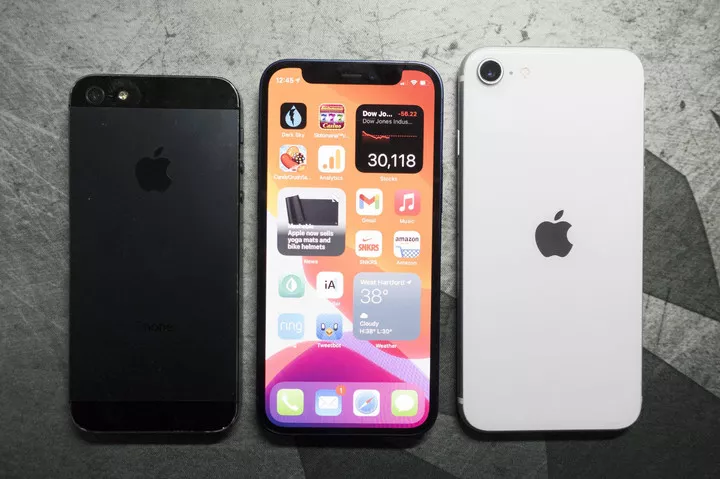
▲ iPhone 12 mini is smaller than iPhone 8 Image from: macworld
The iPhone 12 mini also seems to give the mobile market a touch of freshness, as it turns out that 'small screen' phones can also be fully equipped.
If the iPhone 12 mini is able to gain some market favor during an update cycle, it's highly likely that many Android manufacturers will refocus on these specific needs.
iPhone mini series replaced by large screen Max
Yet while the ideal is rich, the reality is skeletal.
The iPhone 12 mini is hot, but it doesn't translate into real sales, and most consumers are 'too smart for their own good'.
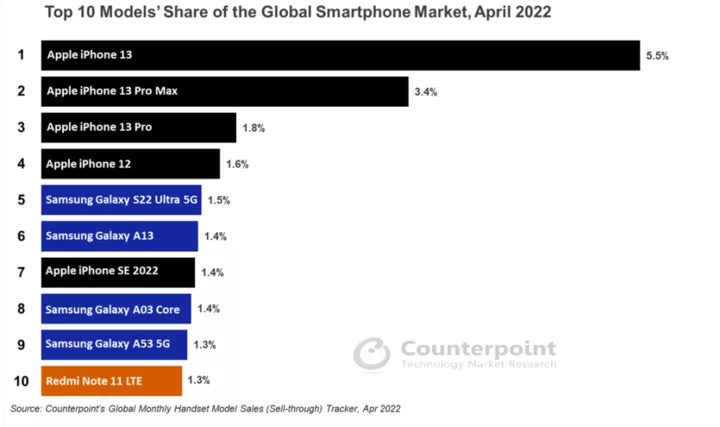
▲ mini series is not on the list Image from: Counterpoint
Two months after its release, the iPhone 12 mini only accounted for 6 percent of the overall iPhone 12 series sales that year, and Apple discontinued it early.
After a year, Apple still released an iteration of the iPhone 13 mini, made with a similar idea to the 12 mini, which is a scaled-down version of the iPhone 13.
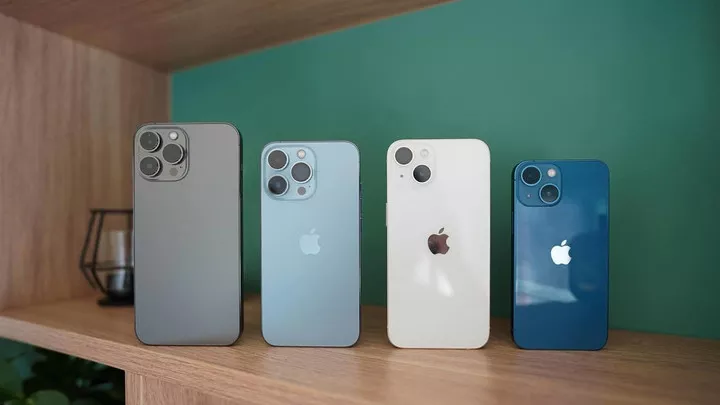
▲ iPhone 13 Series Image from: XDA
The iPhone 13 series was already more of an S-enhanced version without the big innovations that would have made it difficult for mini users to iterate. iPhone 13 mini accounted for an even lower 3 percent of total sales.
Unlike the iPhone 13 (12), which is a "jack of all trades", the mini series has a distinctive character, a Phone Life Banlace, and a sense of relaxation and reclusion.
However, this is not a mass market demand and is limited to a small group of users.
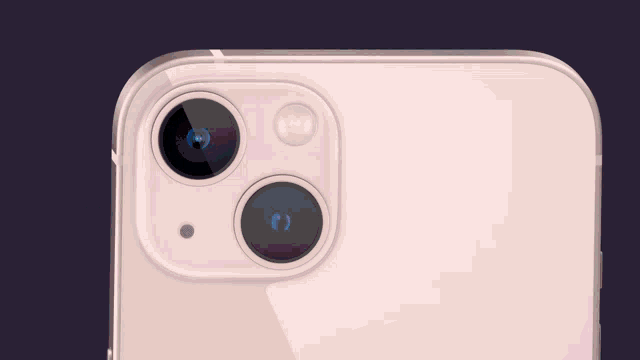
For the consumer electronics industry, making products smaller and more sophisticated is far more difficult than making them larger, and the need for more precise machining will obviously come at a significant cost.
The mini series, which has been getting weaker and weaker for two years running, will likely not appear in the iPhone lineup this year or even beyond.
Back in March of this year, there were many sources claimed that Apple would be dropping the mini from the iPhone 14 lineup and replacing it with a Max (Plus) lineup with a larger screen.
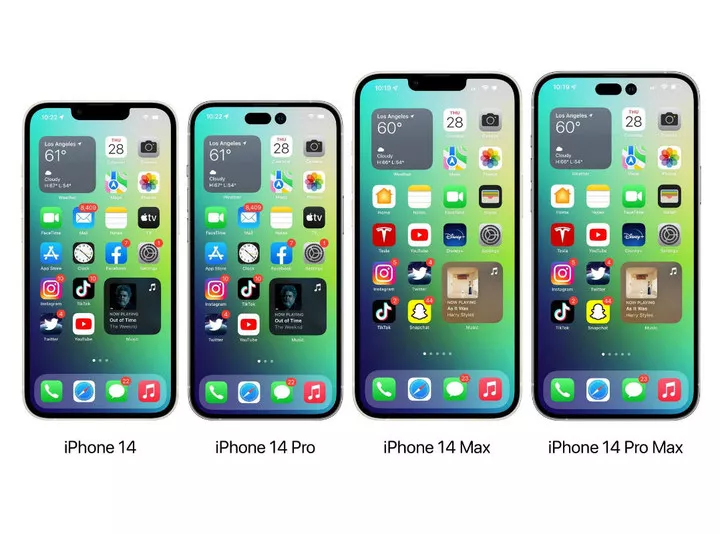
▲ Rumored iPhone 14 Series Image from: theapplehub
In this way, the digital series for the masses becomes iPhone 14, iPhone 14 Max (Plus), while the Pro series remains iPhone 14 Pro, iPhone 14 Pro Max, and the screen sizes of the two series correspond.
As for the smaller mini series, it will be cancelled and should not appear in the SE. iPhone SE is more inclined to the older iPhone models, most likely iPhone XR, iPhone 11.
The root cause of the ### mini series' poor sales is still too expensive
The cancellation of the mini series can be attributed to poor market performance, but the deeper reason is 'pricing'.
The mini series corresponds to a "small screen" and small size, and many users have the impression that such a configuration should also come with a more "reasonable" pricing.
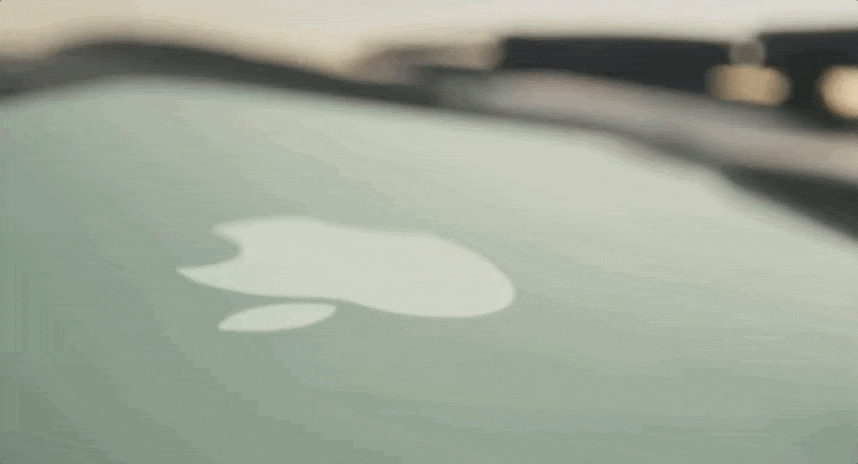
The mini series, which doesn't come with a simple package, is actually classified as a "flagship series" and is priced the same as the regular-sized iPhones, starting at $699 ($5,499).
Going forward, that's the same price as the iPhone 11, Phone 8, and iPhone 7 pricing, all of which were entry prices for flagships back in the day.
Before the mini came along, the "small screen" line was actually taken over by the iPhone SE line. The iPhone SE is also the lowest-priced iPhone.

▲ iPhone 13 Pro and iPhone SE 3
With the launch of the iPhone mini, it's a real "volume and price increase." At nearly $700, the distinctive mini is no longer the best choice, preferring instead to go with the larger iPhone 12(13) for another $100.
As for the flagship mini series, it ended up being the choice of small-screen 'enthusiasts' only.
Under the high price, the product disadvantages of the mini are infinitely magnified, the inconvenience of the small screen, the battery life due to the small battery, the aging of the lithium battery caused by frequent charging and discharging, and the frequent jump in pricing due to poor sales.
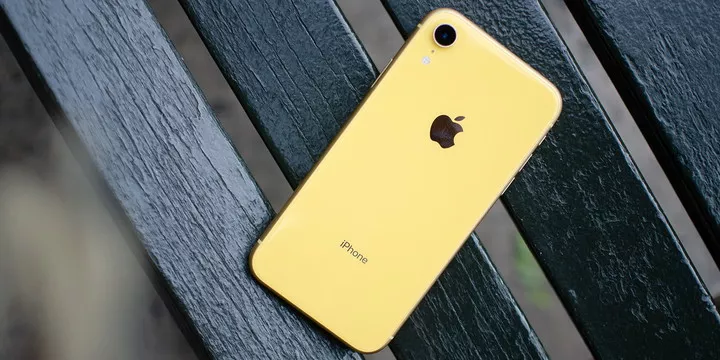
▲ iPhone XR was the best-selling phone in the world in 2019
This is the same situation as the iPhone XR ($749, $6,499), which was previously 'priced against the odds'.
After the official adjusted price, the iPhone XR's bezels and screen resolution are no longer flaws, instead the colorful color scheme made it the popular model of the year.
If Apple wants to boost the mini lineup's performance, dropping the price to a reasonable range is one (and probably the only) viable option.
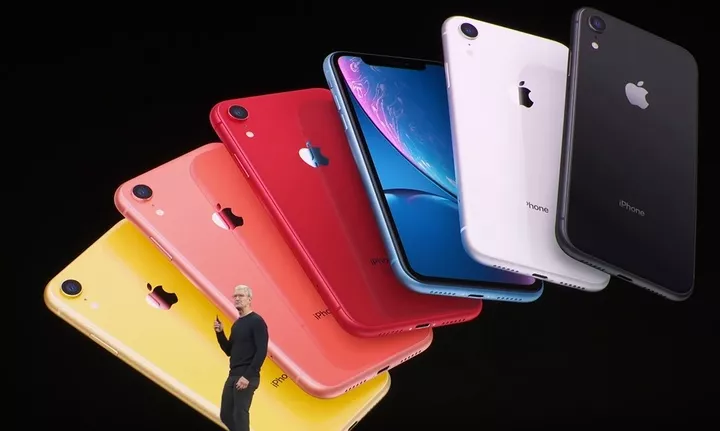
▲ iPhone SE 4 could replicate the look of the iPhone XR
But under $699, there's the previous generation, and the iPhone SE sequence, and the price cut is likely to affect sales of the others.
Also, an unprecedented price drop for an iPhone (especially a flagship) when no subsequent updated model is on the horizon.
As a result, the mini line of iPhones is likely to go down in history.
The increasingly expensive iPhone
From the advent of the iPhone 12 series mini to the iPhone 13 series mini, both generations of iPhone followed a pricing gradient of $699, $799, $999, and $1099 for an upgrade for an additional $100.
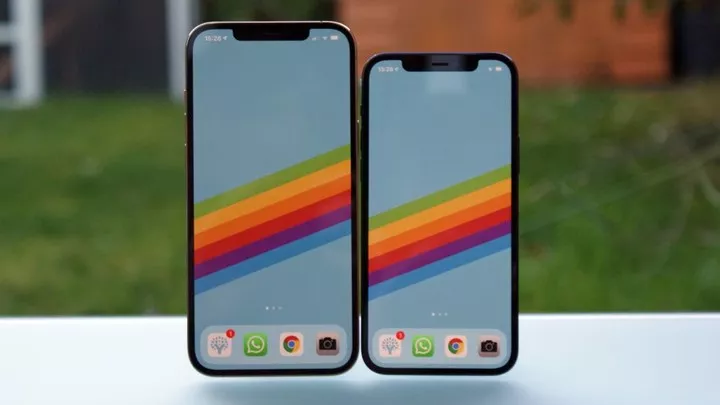
The Max (Plus), which comes in the iPhone 14 series, is likely to break this setting.
The iPhone 14 maintains $799, while the iPhone 14 Pro/Pro Max is $999/1099.
The iPhone 14 Max (Plus), which has a larger screen than the iPhone 14, could be priced at $899, thus completing the overall price increase for this year's iPhone lineup.

The larger-screened iPhone 14 Max (Plus) is also very likely to be the breakout model of this generation and a growth area for iPhone this year.
In this way, even if overall sales of the iPhone 14 series don't increase, the iPhone 14's customer price per unit will go up overall due to the overall price adjustment, which will ultimately generate enough sales for Apple.
In fact, it's not just the iPhone 14 series as a whole that has seen an increase in price. Throughout its history, iPhone pricing has been cranked up.
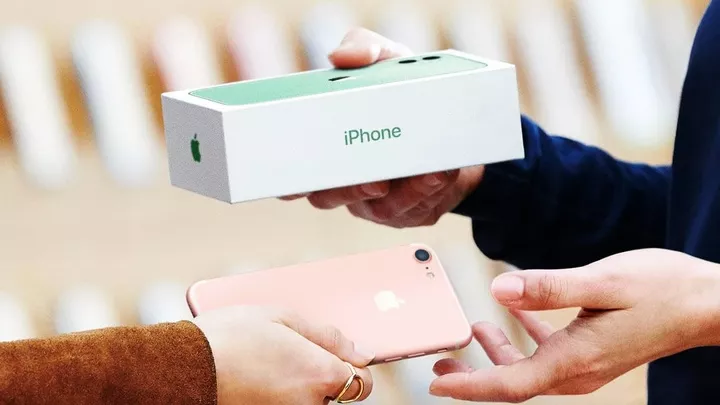
Prior to the iPhone 6, Apple would only release one flagship per year priced at $649. Starting with the iPhone 6, Apple implemented a dual-phone strategy, and the Plus version logically went up in price to $749 (a $100 price increase).
By the time the iPhone X came along, the $999 Pro-level price tag also became the pricing for Apple's premium lineup.
At that time, the iPhone 8 and iPhone 8 Plus were more of a lineup for the masses, while the iPhone X was Pro-level.

▲ iPhone XS Max
The following year, the iPhone XS Max made the iPhone hit $1099 ($9599), making it the most expensive iPhone ever.
To follow, the iPhone 11, iPhone 12, and iPhone 13 series all maintain a pricing strategy starting at $699 and capped at $1099.
While the product line continues to segment and prices as a whole rise, the iPhone XR, iPhone 11, and iPhone 12 mini and iPhone 13 mini, which are the lowest priced, are actually a 'price anchor' for the iPhone.
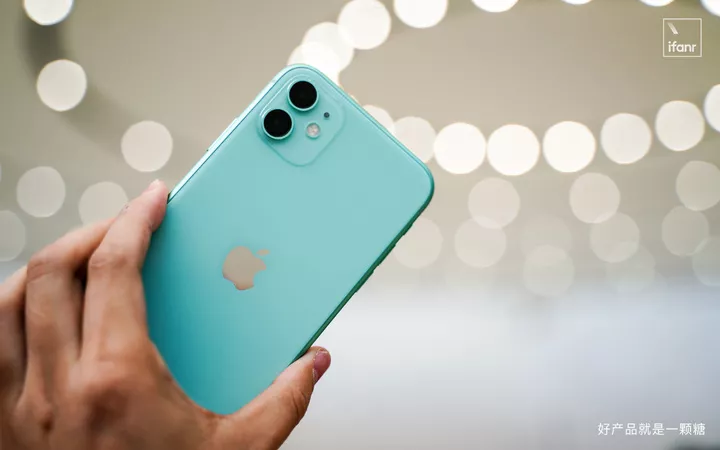
These tend to have more obvious 'flaws', the thick bezels of the XR and 11, the size and range of the 12 mini and 13 mini.
Under the 'price anchor', users' perceptions develop a certain 'proportionality bias' and they are more willing to pay $100 more to get a better 'value' in comparison.
Among the iPhone 14 series, iPhone 14 will soon be the new 'price anchor'. iPhone 14 and iPhone 14 Max (Plus) are rumored to still use the A15 SoC, so adding money for a larger screen and a more recognizable look will make many users feel like they're getting a 'bargain'.
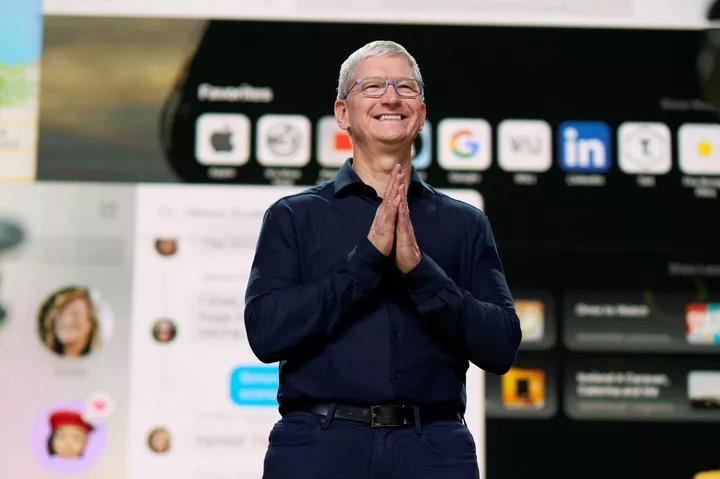
Apple's business practice of constantly setting up price anchors to increase "customer price per unit" is actually not limited to the iPhone, but has extended to mass consumer product lines such as Apple Watch, MacBook Air, and MacBook Pro.
Looking at previous years' product lines, Apple's product line has been tweaked and upgraded with a similar upgrade strategy to that of the chip industry's Tik-Tok, with changes made almost every two or three years.
The core of the change revolves around how to get higher sales, profits, and increase 'customer price per unit'.